
The future of 2025 is very different in comparison to a few years back. Power is not based in a single corner of the globe anymore, but rather it is spread out in a complex net of alliances, rivalries, and newcomers. It has turned to trade, technology, ideology, and all weapons in an unspoken yet ongoing world struggle. These changes are significant and are worth understanding not only by policymakers and corporations, but also by anyone who is attempting to figure out where the world will go in the future.
The Disintegration of World Trade
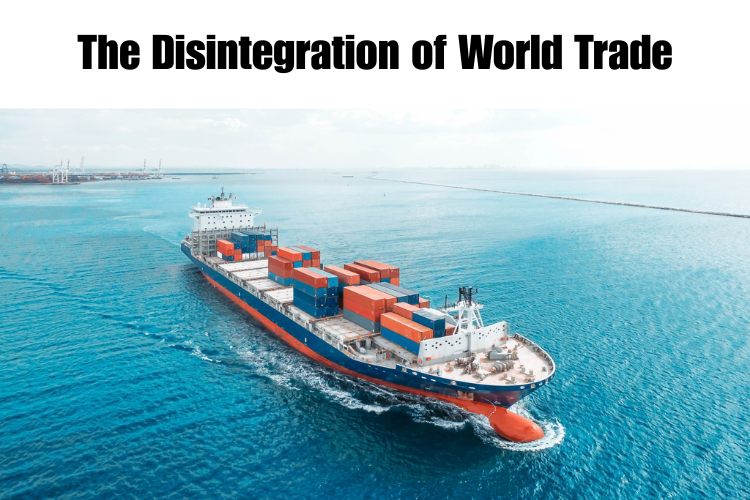
The phenomenon of globalization is being redefined. The unfettered networks of trade that were experienced in the past decade are being replaced by what the experts refer to as de-risking, that is, countries completing the reliance on competitors and focusing on reliability rather than cost. Countries are shifting manufacturing to the location, ensuring supply chains, and transacting business largely with known partners.
The U.S. is strengthening its relationship with Mexico and Southeast Asia, and Europe is doing what it can to reestablish its trade independence with Russia. What has come about is a patchwork-global economy less performance, but more wary. Companies should now make choices between profit and survival because economic choices are more and more politicized.
A New Great Power Competition
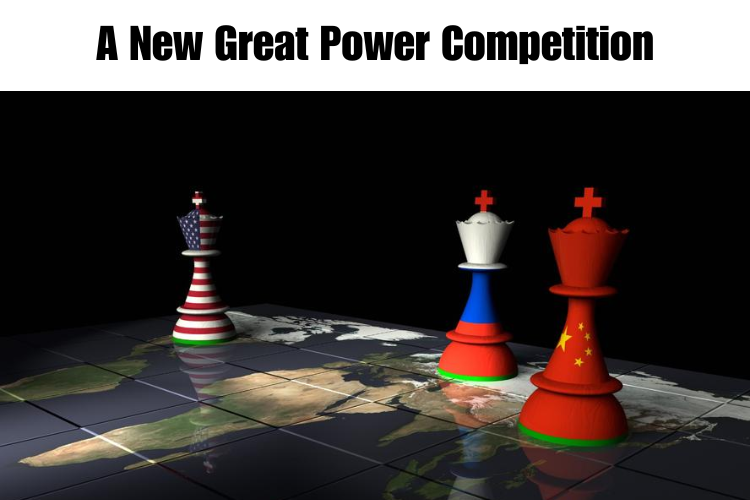
The rivalry between the United States and China is the crucible of geopolitics in the world. But in 2025, it is not restricted to military power or trade tariffs any longer. The new competition is in the technology, finance, and wielding as well as which one establishes the global norms of artificial intelligence, cybersecurity, and the digital infrastructure.
China is still aggressively pursuing technological self-sufficiency, whereas the U.S. is using alliances and regulations to ensure it has a superior hand in technology and data management. In the meantime, Russia stands there as a destabilizer, challenging the boundaries of Western cohesiveness with energy policies, cyber warfare, and control of the region.
The period of competition is creating a really multipolar world, a world less ideologically oriented than that determined by rival spheres of influence.
The Tech and Digital Sovereignty Revolt
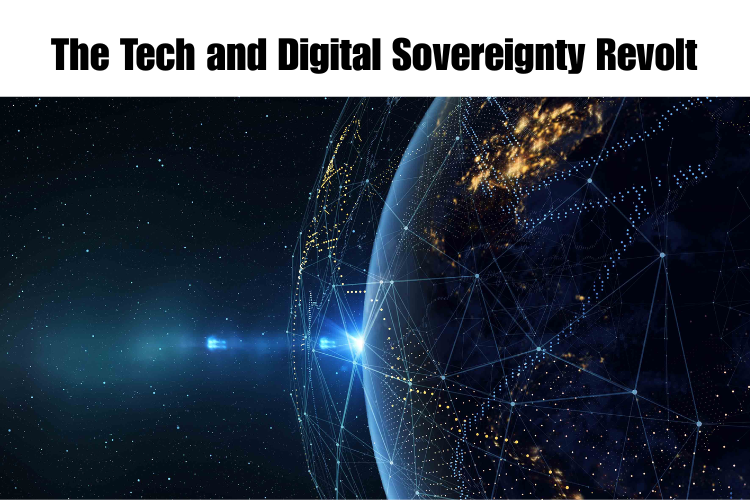
Technology is now the new frontier of geopolitics. Countries are currently fighting over semiconductors, information, and artificial intelligence software. With the pace of digital transformation, nations are stressing digital sovereignty, the capacity to control their own data streams and technological ecosystems on a foreign free basis.
The AI regulations, data protection laws, and cybersecurity frameworks are now more of a strategic instrument in comparison to mere policies. The technological leadership race is also an influence race since whoever possesses the next generation of AI and computer systems will dictate how societies operate and economies develop. Digital boundaries are coming to a state of reality and becoming as real and significant as the physical ones in 2025.
Populism and Political Volatility
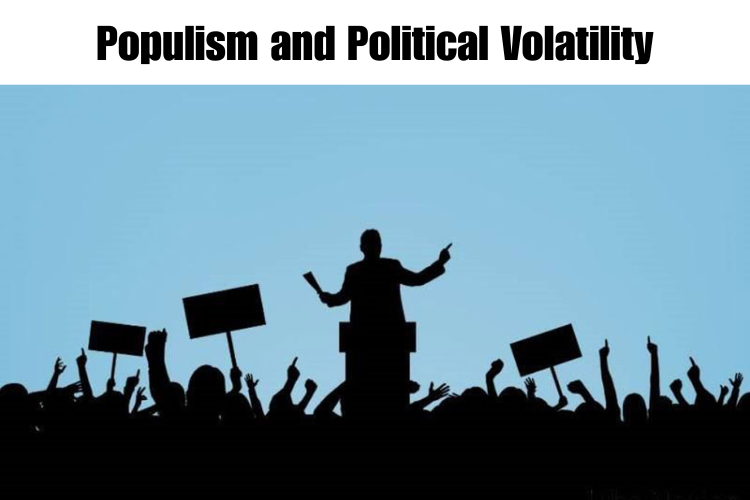
Political instability is defining foreign relations within most countries. The populism, polarization, and social unrest is increasing, whether they are mass protests by democratic systems or power consolidation by autocracies. The global policy is becoming less predictable as leaders are more concerned about surviving at home than working together.
In other states, divisions are increasing due to economic pressure and fake news. It is this volatility that renders alliances weak and temporary. It also implies that there is greater responsiveness in governments; that is, governments are more responsive to crises and no longer plan on a long-term basis. To put it briefly, internal politics is responsible more than ever before for driving the world order.
Climate, Energy, and Resource Tensions
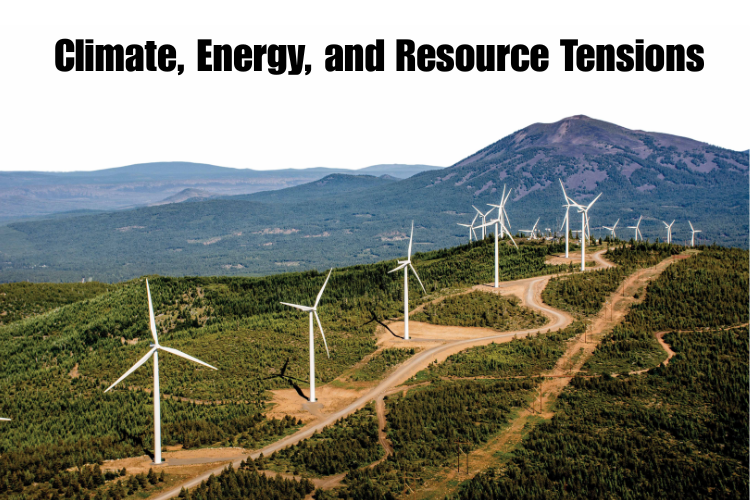
Climate change is not only an environmental problem anymore, but it is also a geopolitical one. Renewable energy demands around the world have created competition in the demand of important minerals such as lithium, cobalt, and rare earth elements. These resources, which are required in green technologies and electric vehicles, are being competed upon by countries.
In the meantime, extreme weather events are disruptions to supply chains, the displacement of populations, and food systems. There is a new national security objective of energy independence, particularly as fossil fuel markets have become increasingly uncertain. By 2025, climate diplomacy is not only about power and economics but also about sustainability.
Quiet Revolution in Global Finance
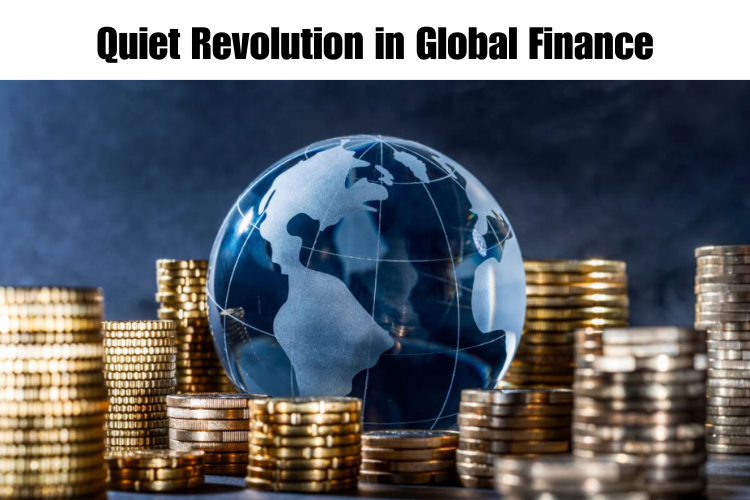
There is an additional change that is taking place in the financial world, although it is subtle and powerful. Increased economic sanctions and trade restrictions are forcing countries to find alternatives to the dollar based systems. There are regional payment networks in development across several countries, trying to implement central bank digital currencies (CBDCs).
Such financial disintegration is slowly decreasing the use of Western banking avenues with premonitions of parallel economies. Although the U.S. dollar remains in the top position, the fractures in the financial system are growing larger, creating a more plural and competitive world economy.
What It All Means
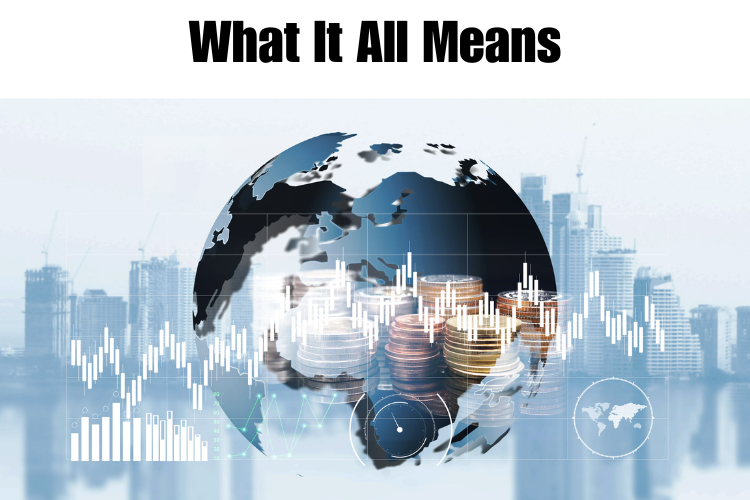
It is not an event that will be the biggest change of 2025, but rather the shift in mentality. The countries are shifting from integration into the world to independence. Coalitions are losing their rigidity, and economic alliances are being redefined with trust and technology as opposed to ideology.
In the case of businesses, investors, and citizens, they will have to traverse a more unpredictable world, where resilience, flexibility, and a sense of geopolitical context will be the most important determinants of survival. The advantage has shifted to those who are capable of predicting an interruption and responding quickly than the rest.
The Bottom Line
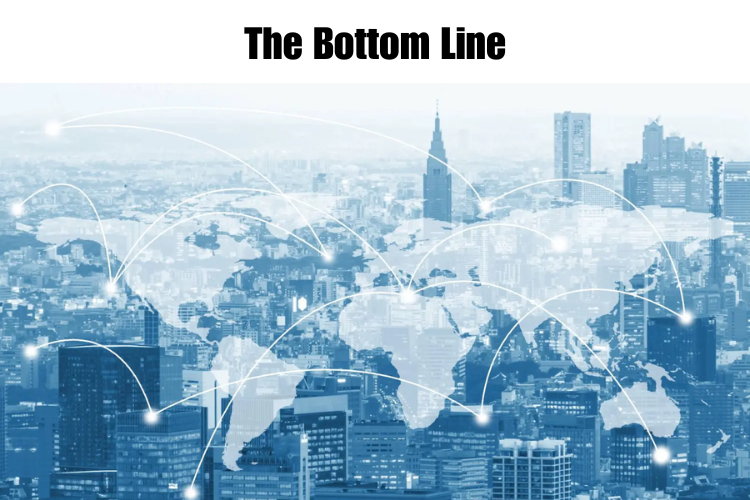
In 2025, the geopolitical environment is dynamic, fluid, and interconnected in a very complex way. The world is being redesigned by forces that transcend all boundaries, in terms of digital wars and climate competition. The international system of the future will never be constructed by a single superpower, it will be negotiated, competed, and always in constant flux.
As we enter this new era, we should not keep watching newspaper headlines but begin reading the trends behind them, as geopolitics is no longer about foreign governments but about the future of our global village.